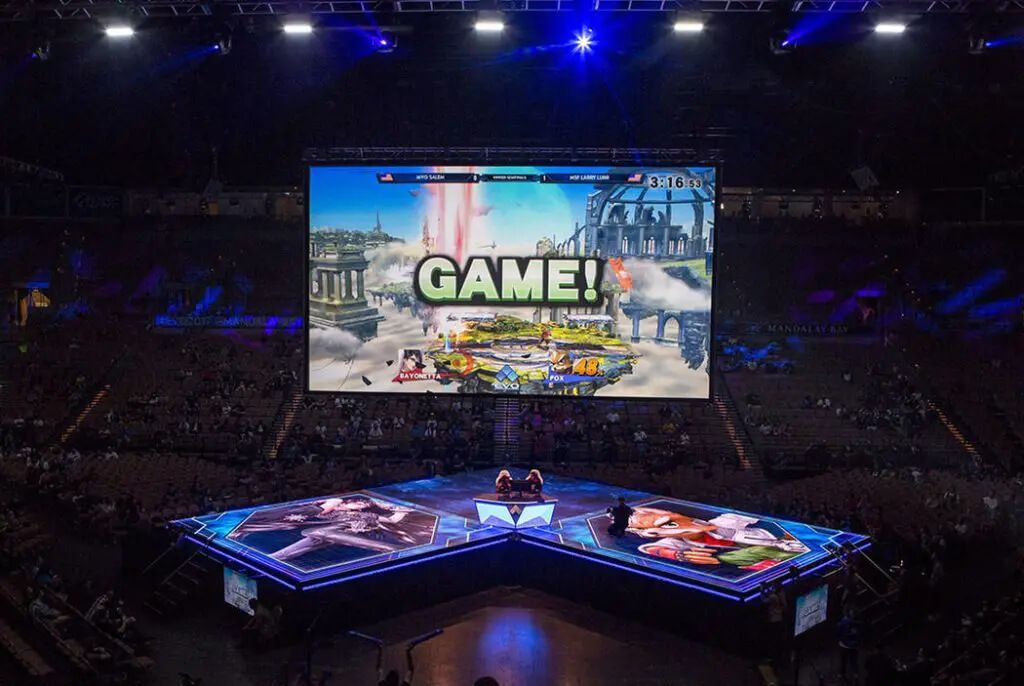The rise of fighting game esports has fundamentally transformed how gaming developers approach their domain. With professional gaming reaching new heights, developers must prioritize balance, accessibility, and engagement to keep both casual players and professional fighting game players invested. But these are only some of the challenges they face. More and more esports are becoming a broadcasting entertainment, while having increasingly popular global tournaments, and a community of loyal fans, who are closely observing the development of the beloved industry.
How Do Developers React to Arising Demands?
Competitive gaming has led to the evolution of mechanics that enhance fair play and skill expression. Developers now implement balance patches frequently, ensuring that no character or strategy dominates the meta for too long.
Additionally, developer patches based on esports are increasingly common, as companies monitor high-level play to make necessary adjustments. If a particular move or character proves to be too dominant in fighting game tournaments, patches are rolled out to maintain fairness and excitement.
Another significant shift in fighting game development is the emphasis on training tools. Developers now implement robust training modes, frame data displays, and AI sparring partners to help players refine their skills. These tools allow both newcomers and professionals to analyze matchups and improve their gameplay efficiently.
Matchmaking and ranking systems have also seen major improvements due to esports' influence. The introduction of precise ranking tiers, skill-based matchmaking, and league structures ensures that players face opponents of similar skill levels. This not only enhances player experience but also fosters a more competitive and rewarding online environment.
The Connection Between Fighting Games and Other Industries
Interestingly, esports has also led to unexpected partnerships. Sponsorship deals with energy drinks, gaming peripherals, and even gambling platforms have increased. For example, remote workspaces have allowed more developers to collaborate globally, ensuring that updates and patches can be delivered efficiently to players worldwide. This shift has allowed for more diverse input in game balancing, enhancing the experience for all players.
The development of esports also connects gaming enthusiasts all over the world, including some distant relatives – like gambling. This leads to the increase of services offering reviewing options, so that players ensure they’re using the best that the industry has to offer. Now, everyone can read about, let’s say https://uczciwe-kasyna.com/legiano-casino, before making a choice whether to play there. This is what leads to overall improvement of the quality that the gaming enthusiasts in all domains get.
Spectator Modes and Esports Broadcasting
A major aspect of esports broadcasting in fighting games is the need for clear and engaging spectator experiences. Features such as improved UI elements, real-time stats, and slow-motion replays have become standard in modern titles. Basically, everything that can be spotted during a broadcast of, let’s say, a football game or an F1 race should be present in an esports broadcast.
Thus, to attract larger audiences, sponsors, and higher levels of esports monetization in fighting games, developers have to react to this demand and design their games to be as thrilling to watch as they are to play. Major studios invest heavily in making their games appealing to both players and viewers, driving esports' influence on the entire genre.
The Role of Fighting Game Tournaments in Development
Major fighting game events such as EVO, Combo Breaker, and CEO serve as testing grounds for new mechanics and balancing strategies. Developers closely monitor tournament matches to identify issues, exploitations, or underutilized features.
Beyond balance, these events provide insight into what keeps audiences engaged. If a certain gameplay element proves exciting, developers may refine or expand on it in future updates.
Interestingly, accessibility in esports fighting games is also being improved through customizable controls and training modes to help new players enter the competitive scene, becoming a key focus for developers, too.
The Evolution of Online Play and Cross-Platform Integration
The demand for seamless online play has led to the rise of online tournaments in fighting games. Developers now prioritize rollback netcode and other technologies that reduce lag, ensuring competitive integrity even in remote matches.
Furthermore, cross-platform play in fighting games has become an industry standard, allowing players from different consoles and PCs to compete against one another. This not only expands the player base but also strengthens the overall competitive landscape.
The Growing Influence of Esports on Game Updates
Developers are no longer just adjusting their games based on internal testing. The competitive fighting game scene has a direct influence on patches, balancing, and even new character releases.
For example, if a certain move proves overpowered at a high level but remains balanced for casual players, developers must carefully consider how to tweak it without alienating either group. The fine-tuning process is crucial to maintaining long-term player engagement.
Community Feedback and the Future of Fighting Game Development
Beyond esports, community involvement plays a major role in shaping the future of these games. Developers actively seek input from players through forums, Discord servers, and even social media. Balancing work-life balance is crucial for developers, as they need to stay engaged with both the professional scene and casual players while maintaining their own productivity.
As technology advances, we can expect even more innovative changes in fighting games. Augmented reality, enhanced AI training partners, and deeper customization options are just a few areas where growth is possible.
Conclusion
The influence of esports on fighting game development cannot be overstated. As fighting game mechanics evolution continues, developers must balance competitive integrity with accessibility and entertainment value. Fighting game esports has reshaped how games are updated, played, and experienced, ensuring that the genre remains a staple in competitive gaming for years to come.




















